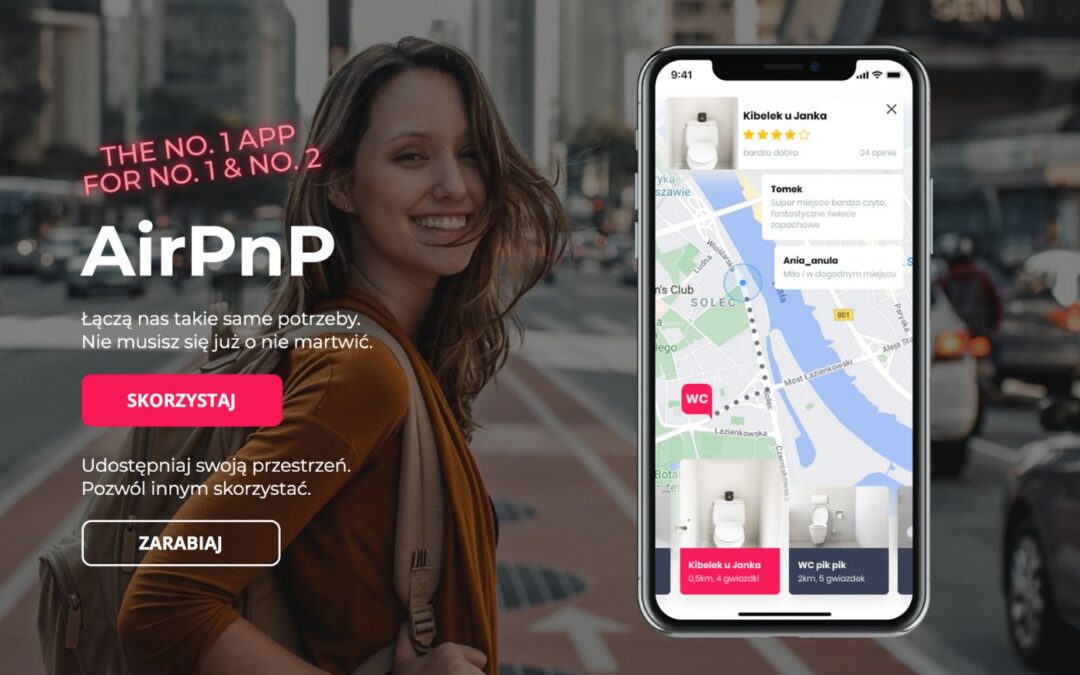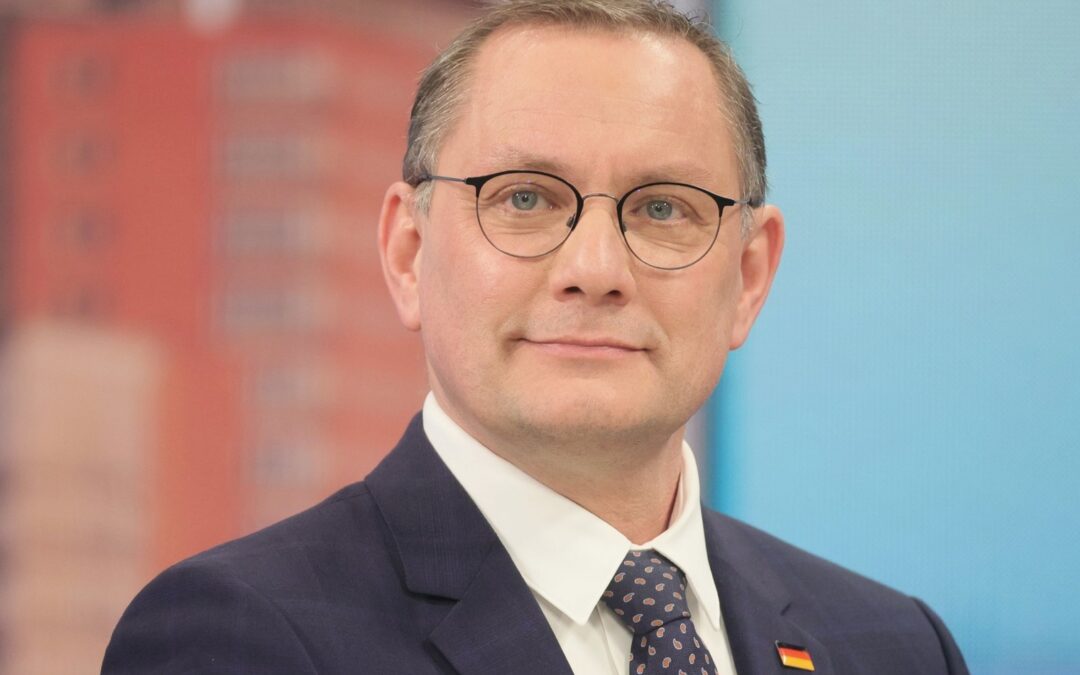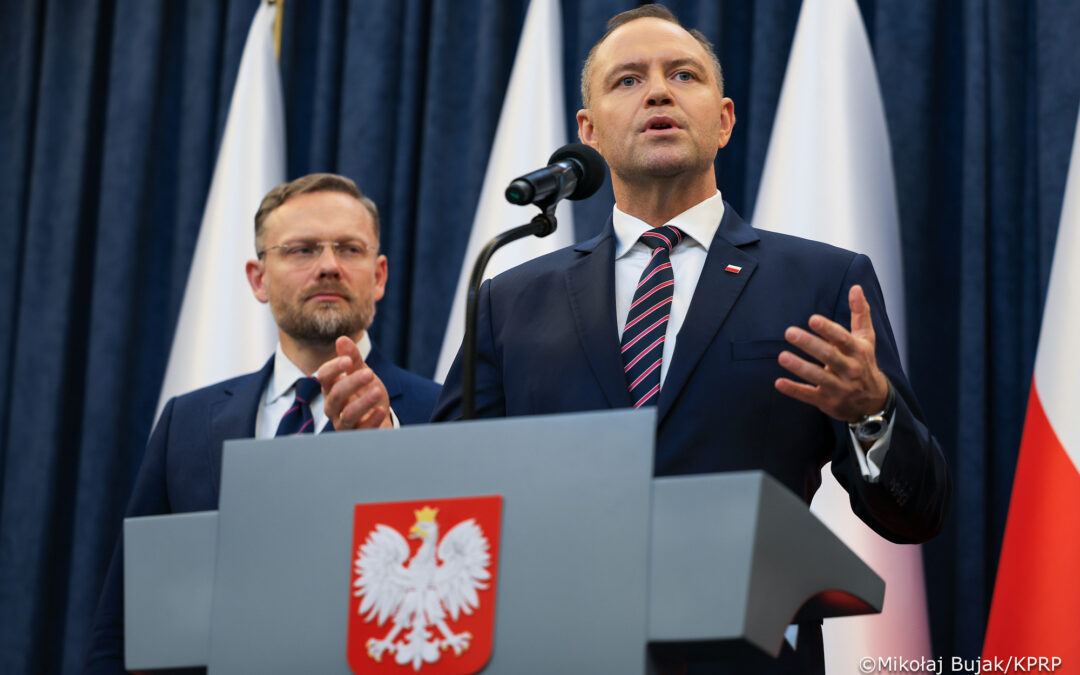A new toilet-sharing app, AirPnP (short for Poo and Pee), was yesterday announced in Warsaw. It would connect people willing to make their private toilets available for a fee with people needing to relieve themselves.
This morning, however, the group behind the venture revealed that – as many had suspected – the “app” was not real and their aim had been to highlight the lack of public toilets in the city and the downsides of the “sharing economy”.
Testujemy aplikację #AirPnP, która pozwoli zarabiać na udostępnianiu własnej toalety!🚽 Jeśli przejdzie fazę testów, być może uda nam się wspólnie rozwiązać problem z dostępnością toalet w #Warszawa w modelu #sharingeconomy💪 Przekonajcie się sami! https://t.co/FSiBzsoFGX pic.twitter.com/RtAJ2mQjIv
— Miasto Jest Nasze 🌳🚊♻️ (@MiastoJestNasze) September 14, 2020
Miasto Jest Nasze, a movement that campaigns to improve life for residents of Poland’s capital, had yesterday announced the app. It would allow smartphone users to look for nearby bathrooms on an interactive map, along with ratings of their cleanliness.
Toilet owners, meanwhile, were told they would be free to accept or deny any application to use their facilities, and that the app would help them earn some money.
“Each of us have basic physiological needs [but] many of us have trouble…finding a public toilet that is near enough or clean enough,” read the AirPnP website. “Now you don’t have to worry about it anymore.”
However, the app – which has been promoted under the slogan “The No.1 app for No.1 & No.2” – immediately attracted scepticism as to whether it was genuine.
While Miasto Jest Nasze claimed to have “received the app for testing”, suggesting that it was a product being made by someone else. But technology website SpidersWeb pointed out that the app’s website domain was owned by Miasto Jest Nasze itself.
This morning, when the app was supposed to officially launch at 9 am, Miasto Jest Nasze admitted that it did not really exist, and that the real aim had been to draw attention to the lack of available (and clean) public toilets in Warsaw.
No dobra… Nie ma żadnej aplikacji #AirPnP do zarabiania na użyczaniu toalet 😄🚽 Nabraliście się na nasz żart?
👉 Ale chcieliśmy Wam też powiedzieć coś na serio. No i mamy niespodziankę. Jaką? Przeczytajcie:https://t.co/aKvQqN5WI2— Miasto Jest Nasze 🌳🚊♻️ (@MiastoJestNasze) September 15, 2020
The group notes that many “apps claim to solve basic problems”, but really just “prey on a lack of public services”. “Where the state fails, it is easy to come up with a business that will fill a niche”. But such businesses often circumvent employee rights and avoid tax, says Miasto Jest Nasze.
“The solution [to this] is nothing more than good old public infrastructure, but this is lacking in Warsaw,” they write. This includes a lack of public toilets, and also no mobile-accessible map of such facilities published by the municipal authorities.
To help address this, Miasto Jest Nasze have published a map of its own.
…No dobra… Nie ma żadnej aplikacji #AirPnP do zarabiania na użyczaniu toalet 😄🚽Nabraliście się na nasz żart?…
Opublikowany przez Miasto Jest Nasze Poniedziałek, 14 września 2020
Estimates by Warsaw city hall show that there are only 400 public toilets in the capital, reports Polsat. That is an average of one per 4,300 residents – not counting the millions of outside visitors. Over 10 million people travelled to the city last year, according to the Warsaw tourism office.
However, the number of public toilets in Warsaw is similar to other central and eastern European capitals. According to online public toilet finder Pee.Place, Vienna and Budapest – which have similar sized populations to Warsaw – are home to 390 and 169 public toilets respectively, whilst Prague – which is a little smaller – has 243.
In western Europe, public toilets are far more prevalent: London has 620, Berlin has 653, and Paris has 708 – but all are significantly larger cities than Warsaw.
In 1851 the Great Exhibition took place in London, featuring public conveniences for which a small charge was made. And so was born the concept of ‘spending a penny’ to use the loo.
Here we explore the history of England's public toilets 👇 https://t.co/tBLLqeLxwP
— Historic England (@HistoricEngland) September 10, 2020
Another problem in Warsaw is that some facilities theoretically available to the public are in fact inaccessible. Toilets in municipal offices are supposed to be available for residents, but, when undercover journalists asked to use some, they were denied access, reports Polsat.
There have, however, been some efforts to address the situation. In 2017, the first automatic toilets – which come with self-washing floors – were built in Warsaw, intended to improve comfort and hygiene.
The facilities were also designed to improve disability access, with room for wheelchairs, instructions in Braille on the external control panel, and the possibility for audio instruction.
“We strived to ensure that the toilet was as functional as possible, accessible to people with disabilities, and at the same time retained its simple and homogeneous form,” said Marek Piwowarski, the then director of the Green Board of Warsaw, a municipal body tasked with overseeing the city’s green spaces.
In December 2019, Warsaw won the European Union’s annual Access City Award, given to the city that has done the most to improve accessibility for people with disabilities.
Main image credit: MiastoJestNasze/Twitter

Juliette Bretan is a freelance journalist covering Polish and Eastern European current affairs and culture. Her work has featured on the BBC World Service, and in CityMetric, The Independent, Ozy, New Eastern Europe and Culture.pl.




















